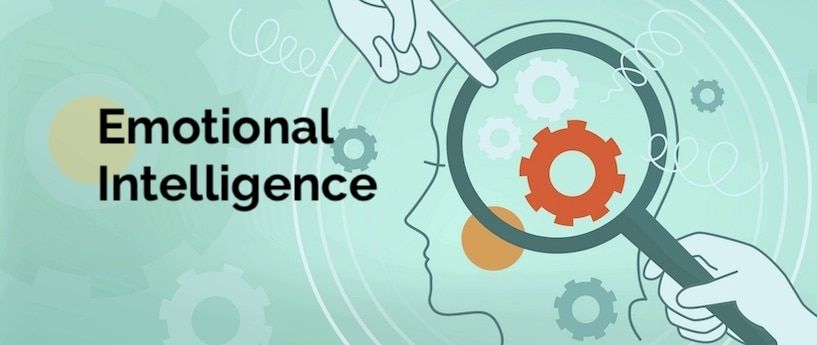
The definition of a competency that Workitect uses is that it is a “skill, knowledge, or underlying characteristic of an individual, that can be shown to predict superior or effective performance in a job; and indicates a way of behaving or thinking.”
An appropriate description of Emotional Intelligence (EI) is that it concerns the ability to carry out accurate reasoning about emotions and the ability to use emotions and emotional knowledge to enhance thought”. Read more about Emotional Intelligence, including research and critiques >>>
Most competency dictionaries that are used to build models or HR applications contain competencies that include behaviors reflecting various degrees of emotional intelligence.
Popular literature about EI uses various terms to describe Four Pillars, Capabilities, Types, Components, Branches, Dimensions, Elements, Core Skills, Stages, and/or Clusters of Emotional Intelligence:
- Self-Awareness concerns knowing one’s internal states, preferences, resources, and intuitions. Competencies: Emotional Self-Awareness, Accurate Self-Assessment, Self-Confidence.
- Self-Management refers to managing ones’ internal states, impulses, and resources. Competencies: Emotional Self-Control, Adaptability, Achievement Orientation, Positive Outlook.
- Social Awareness refers to how people handle relationships and awareness of others’ feelings, needs, and concerns. Competencies: Empathy, Organizational Awareness.
- Relationship Management concerns the skill or adeptness at inducing desirable responses in others. Competencies: Influence, Coaching & Mentoring, Conflict Management, Teamwork & Collaboration, Inspirational Leadership.
Recommendations – How to Include EI Competencies in Competency Models and Applications
1. Build the model using a reliable methodology, with no expectation that an emotional intelligence competency will be included in the model. Do an objective, impartial collection and analysis of the data required to build a model. For example, in analyzing the behavior of a top performer, if the top performers in a particular job don’t possess the EI competency of Empathy, then leave it out.
This process often identifies EI-related competencies for inclusion in a competency model, particularly in models for leadership positions.
2. Do not “stuff” the model with more competencies, including core corporate-dictated competencies, than the average manager and employee can effectively process and use for selection and development.
An effective competency model usually contains 8-14 competencies that together describe superior or effective performance for a particular job or role, in a particular organization. Learn more about competencies and competency models. >>>
3. Applications – Behavioral indicators of BI competencies can be difficult to describe when applying to real world assessment and development activities. For example, it is easier to help an employee improve his or her “analytical thinking” competence than it is to improve the “self-confidence” of that individual. Using 360 feedback is a good way to identify shortcomings with regard to EI competencies.
4. Use a robust competency dictionary that includes emotional intelligence competencies with definitions and behavioral indicators that have been tested over a long period of time. Of the thirty-five competencies in Workitect’s competency dictionary, these are the one’s that best include behaviors related to emotional intelligence:
Workitect’s Emotional Intelligence Competencies
Included in Workitect’s Competency Dictionary

*Accurate self-assessment: Knowing one’s strengths and limits.
People with this competence are:
– Aware of their strengths and weaknesses
– Reflective, learning from experience
– Open to candid feedback, new perspectives, continuous learning, and self- development
– Able to show a sense of humor and perspective about themselves
Caveats about Emotional Intelligence
In some jobs, being in touch with emotions is essential. In others, it seems to be a detriment. And like any skill, being able to read people can be used for good or evil.
When people hone their emotional skills, they can also become better at manipulating others. When a person is good at controlling their own emotions, they can disguise their true feelings. And when a person knows what someone is feeling, he or she may be able to motivate that person to act against their own best interests. From The Dark Side of Emotional Intelligence.

Workitect Tools for Assessing, Developing, & Retaining Talent
For assistance in developing and applying job competency models that include emotional intelligence competencies, please contact us at:
To learn more about our products and services, and how competencies and competency models can help your organization, call 800-870-9490,
or use the contact form at Workitect.
©️2022, Workitect, Inc.



Leave A Comment